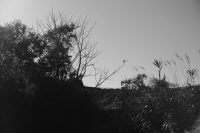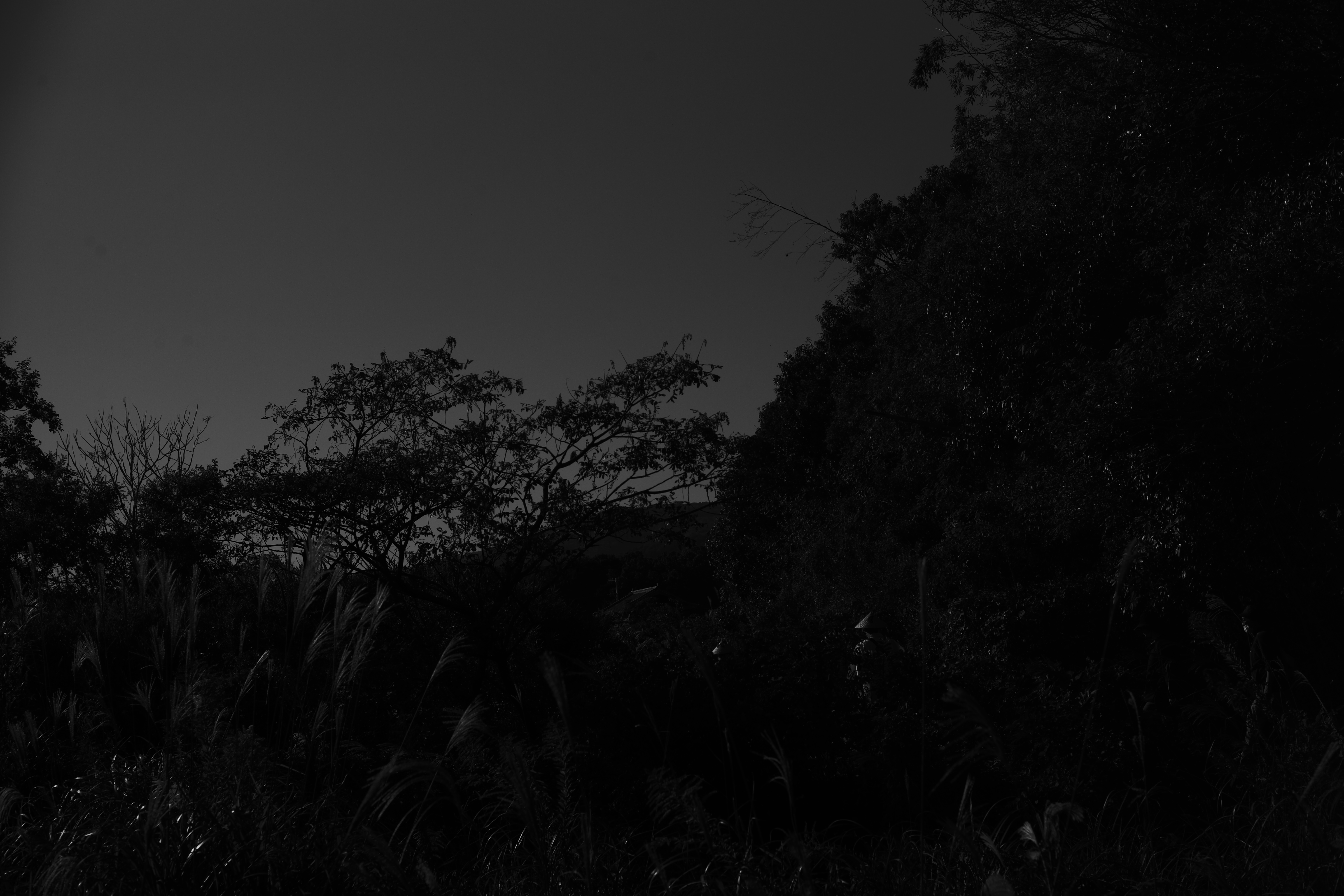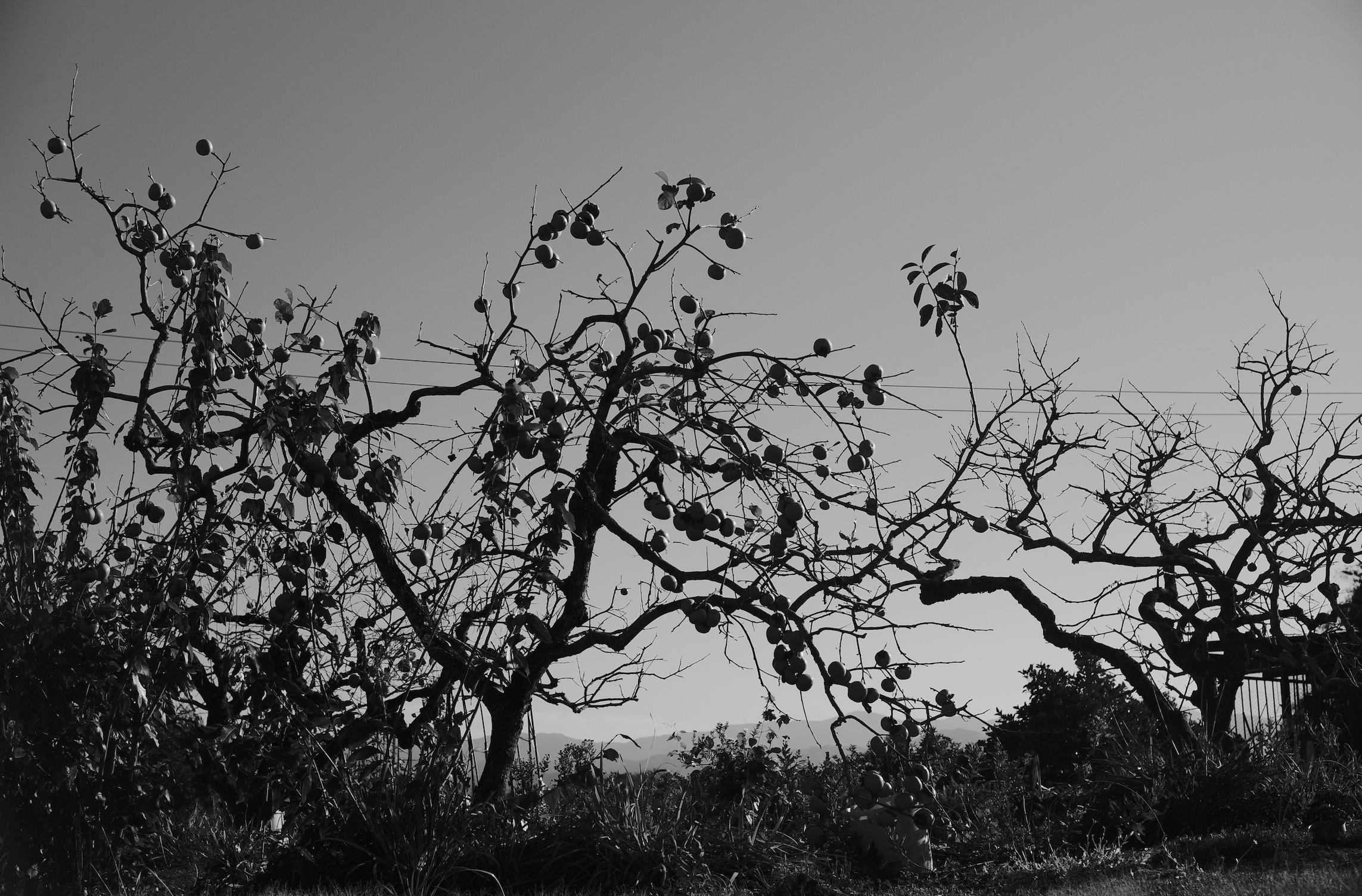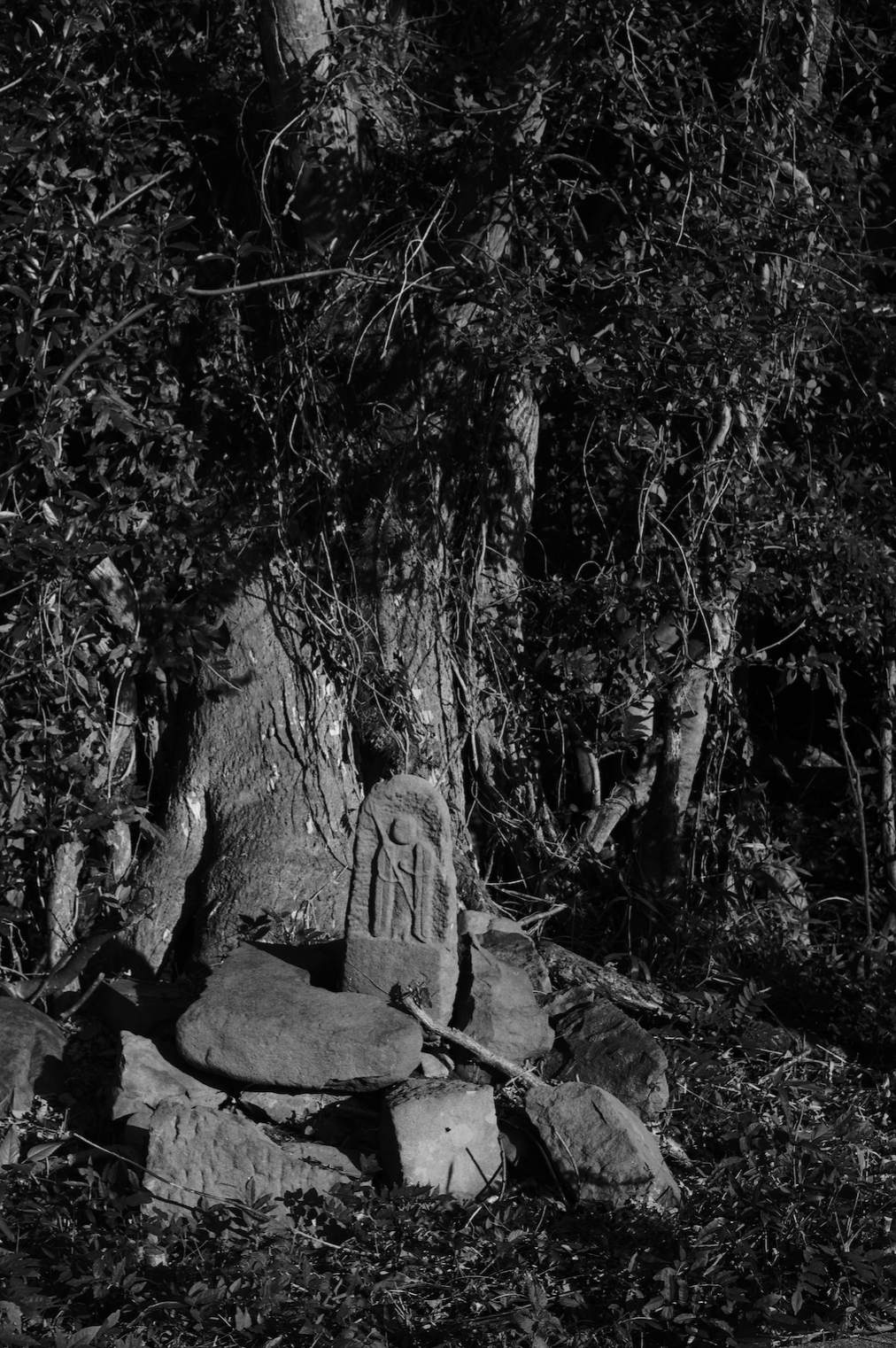pilgrimage in Tokushima

Shikoku consisting of four prefectures: Tokushima Prefecture, Kagawa Prefecture, Ehime Prefecture, and Kochi Prefecture. Tokushima Prefecture, which I visited this time, is the third largest prefecture among Shikoku on the east side of Shikoku. The Yoshino River flows east and west on the north side of the prefecture, and as a production area that serves as a material for indigo, the brave Awa dance is known nationwide. And speaking of Shikoku and Tokushima Prefecture, Mr. Pilgrimage visits 88 temples, the place of Shikoku pilgrimage related to Kukai and Kobo Daishi. It is said that the prefecture has the largest number of pilgrims because there is a fudasho that is the starting point among 88 sacred places in Shikoku and is commonly known as the pilgrimage.
“Ohenro” is a pilgrimage that traces the footsteps of 88 temples trained by Kobo Daishi(Kukai) 1200 years ago. The pilgrimage makes a pilgrimage of 1400 kilometers in a circle throughout Shikoku. In the past, it was the property of ascetic monks, and from around the Azuchi-Momoyama period, it was based on the teachings of Kukai, and ordinary people also began to go on pilgrimage.
 I wonder if the pilgrim walked on this same road 1000 years ago…
I wonder if the pilgrim walked on this same road 1000 years ago…
 A pilgrim wearing “Kasa” was walking in front of me.
A pilgrim wearing “Kasa” was walking in front of me.
Here in Tokushima, it is said to be the most friendly place for pilgrims in Shikoku because the lord visited people to cherish the pilgrims.
It is said that people in Tokushima have had a heart for entertainment since ancient times, and it can be said that it is an environment that is easy for pilgrims to walk. Even now, when I meet a pilgrim, the children call out to each other. I also say hello from the eaves of the houses.
I walked a pilgrimage in Tokushima Prefecture this time, but what was there was beautiful temples and shrines and the warmth of people. Among them, what attracted me in particular was the pilgrimage route like a trekking course with ups and downs walking in bamboo bushes and trees. From the first fudasho to about the sixth fudasho, the interval is short and it is easy to feel a sense of accomplishment. The road is also relatively flat and easy to walk. However, between the 5th Fudasho and the 6th Fudasho, there is a wild trekking course that walks along the path of “Satoyama”, and there is also a course where you can feel the footprints of old pilgrims.
 In the rural scenery of Tokushima, you can feel the breathing of the people living there.
In the rural scenery of Tokushima, you can feel the breathing of the people living there.
When I came back from my trip and looked at my photo folder, I took more pictures there than anywhere else. If you like taking pictures, you will definitely be able to spend a satisfying time in nature. The dense trees, the slightly rough road at your feet, and when you go through such a bad road, a big sky suddenly spreads. And it is also the road where 100- and 1000-year pilgrims have taken the same path. I came from a city where high-rise buildings are lined up, glittering neon lights, and never sleep at night, but I was moved to feel that I was walking on the same road as people hundreds of years ago. There is no doubt that Shikoku 88 temples pilgrimage in Tokushima will give you a unique time across the border.I will definitely come back to this place again.
 Jizo welcomes travelers gently.
Jizo welcomes travelers gently.
Text&Photo Takashi Kato
- Shikoku 88 temples pilgrimage

- #88
- #Adam Ianniello
- #Agnieszka Sosnowska
- #ART
- #Bryan Schutmaat
- #Hiroshima
- #Interview
- #JENN KANG
- #Johanna Tagada Hoffbeck
- #JohannaTagadaHoffbeck
- #Kanadehamamoto
- #Kei Ono
- #Masahisa Fukase
- #Masato Ninomiya
- #Matthew Genitempo
- #Ohenro
- #review
- #Shota KONO
- #ShotaKONO
- #Takashi Kato
- #Thomas Boivin
- #Tokushima
- #TOP
- #アユニ・D
- #アート
- #インタビュー
- #ジョアンナ・タガダ・ホフベック
- #トマ・ボワヴァン
- #フォト
- #三部正博
- #井崎竜太朗
- #今井智己
- #内藤礼
- #写真
- #加藤孝司
- #堀 裕貴
- #小野啓
- #山口息吹
- #山本康平
- #岡崎果歩
- #建築
- #本多康司
- #根本絵梨子
- #池谷陸
- #池野詩織
- #渡邉りお
- #渡邊りお
- #渡部敏哉
- #温陽民族博物館
- #笠原颯太
- #編集長日記
- #諏訪万修
- #野口花梨
- #長田果純



